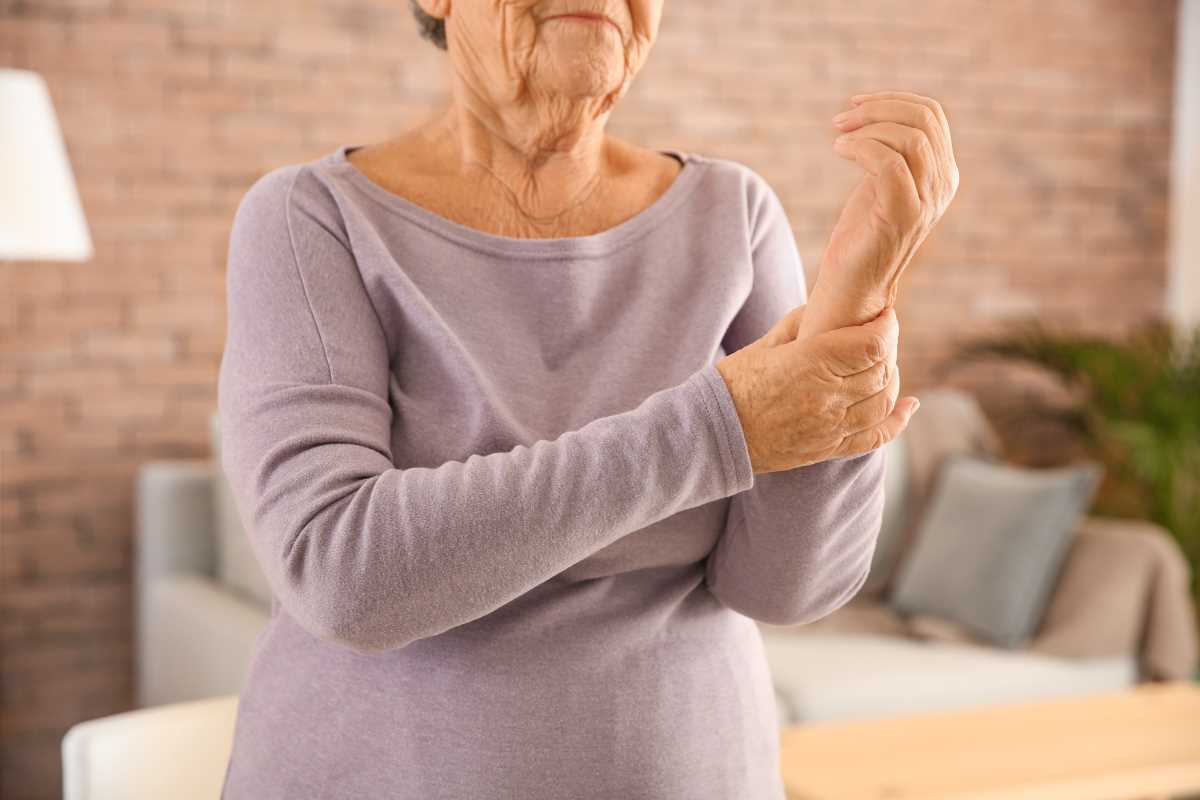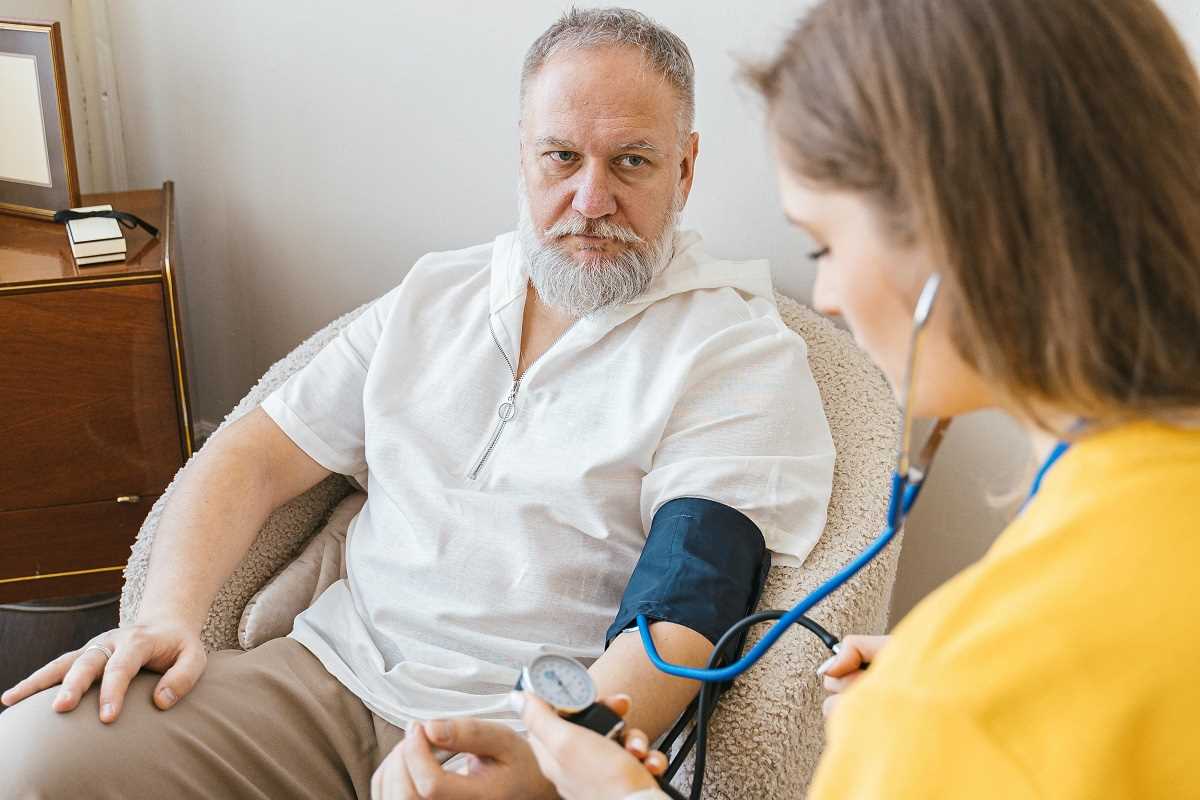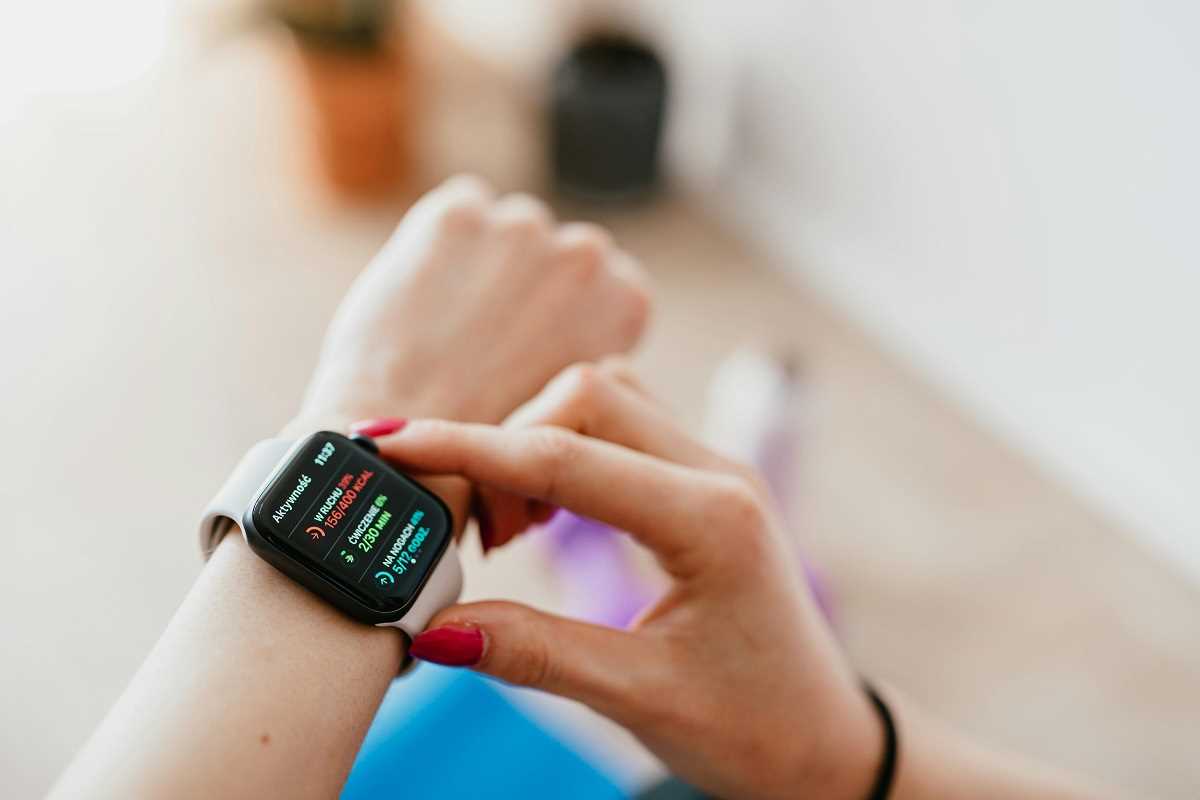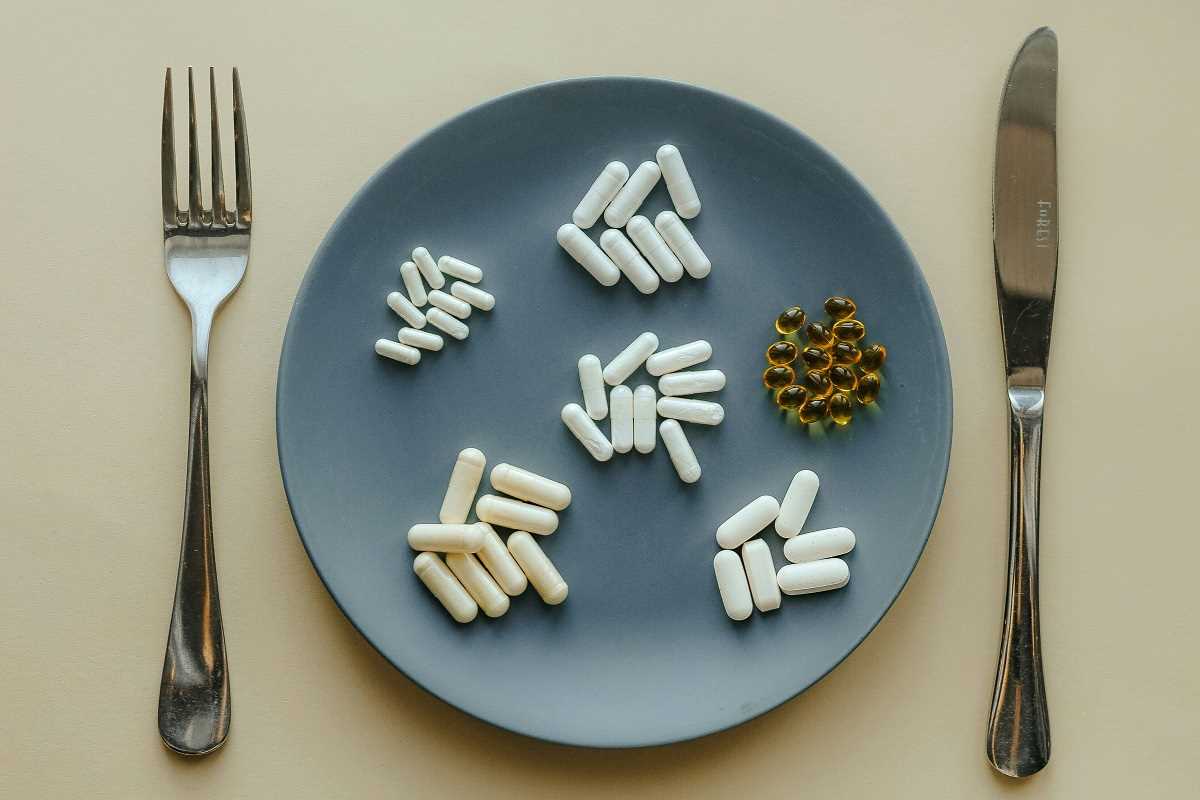Vitamin D is often called the "sunshine vitamin," and for good reason. Our bodies have a brilliant ability to produce this essential nutrient when exposed to sunlight. However, despite its natural source and critical role in keeping us healthy, vitamin D deficiency is on the rise globally. It’s an issue impacting people of all ages, but it has a significant effect on older adults, including senior women.
What’s behind this increasing deficiency, and how can we address it? Let's break it down step by step.
What Does Vitamin D Do for Our Bodies?
Vitamin D does so much more than many people realize. Most commonly, it’s linked to maintaining strong, healthy bones. That’s because it helps the body absorb calcium, a mineral essential for building and keeping bones sturdy. Without enough vitamin D, calcium can’t do its job effectively, which puts you at risk for osteoporosis and fractures.
But bone health isn’t where this vitamin’s superpowers end. Vitamin D also supports the immune system, helps regulate mood, and is thought to offer some protection against chronic illnesses such as heart disease, diabetes, and even certain cancers. Given its critical role in so many body functions, having enough vitamin D isn’t just important; it’s essential to overall well-being.
Why Are Global Deficiency Rates Going Up?
It might seem surprising that, in a world with more access to food and medical resources than ever, deficiencies like this are increasing. However, several factors are causing a silent but noticeable rise in vitamin D deficiency across the globe.
1. Spending More Time Indoors
One of the main reasons for this deficiency is a lifestyle shift toward spending more time indoors. Over the past decade, people have been working, exercising, shopping, and even socializing indoors more than before. While it’s good to avoid harmful overexposure to the sun, completely avoiding sunlight can have major consequences, especially when it comes to vitamin D production.
For senior women specifically, activities like gardening or walking outside may decline due to mobility issues, making it harder to get adequate sun exposure.
2. Sunscreen Use and Covering Up Outdoors
While protecting your skin from UV damage is crucial for preventing skin cancer, some unintended effects come along with it. Sunscreen blocks the very UVB rays your skin needs to produce vitamin D. Similarly, wearing long sleeves and wide-brimmed hats for sun protection minimizes exposure. Many senior women, understandably concerned about aging skin and skin cancer risks, take extra precautions against the sun, which may contribute to reduced vitamin D levels.
3. Dietary Limitations
Vitamin D is found in relatively few foods, and many diets around the world lack sufficient amounts of it. While fatty fish like salmon, mackerel, and sardines are excellent natural sources, they aren’t always regular staples in everyone’s diet. Additionally, fortified foods like milk and cereal help, but they’re often not enough to meet daily needs. For senior women, restricted diets due to health reasons (such as lactose intolerance or low-fat diets) could also mean missing out on vital sources of this vitamin.
4. Living in Less Sunny Areas
Geography plays a surprisingly big role in determining vitamin D levels. People who live far from the equator, particularly in northern regions, have fewer hours of sunlight during fall and winter. This lack of consistent sun exposure makes it difficult to produce enough vitamin D year-round.
For example, during the colder months, even spending time outside might not help because the angle of the sun changes, preventing sufficient UVB rays from reaching the Earth. For senior women living in locations with long winters, this can pose a serious challenge.
5. Aging and Body Changes
Aging itself is a big factor in rising deficiency rates. As people age, their skin becomes less efficient at producing vitamin D when exposed to sunlight. Additionally, the kidneys, which help activate vitamin D in the body, may not function as effectively in older adults. This makes it even harder for senior women to maintain healthy levels, even if they spend time outdoors or get vitamin D from food.
6. Health Conditions and Medications
Certain health conditions can interfere with how the body absorbs or processes vitamin D. For instance, digestive disorders like celiac disease or Crohn’s disease can cause malabsorption. At the same time, medications like corticosteroids can also hinder the body’s ability to use vitamin D effectively. This often exacerbates deficiencies in older populations who are more likely to have underlying health issues.
The Hidden Consequences of Vitamin D Deficiency
If deficiency goes unnoticed or untreated, it can lead to some serious health problems. For senior women, the risk of bone fractures is particularly concerning. Without adequate vitamin D, osteoporosis can progress faster, making bones exceptionally fragile.
But there’s more. A lack of vitamin D can weaken the immune system, leaving people more vulnerable to infections. It may also contribute to lingering fatigue, muscle weakness, or even a greater risk of mood disorders like depression. When left unchecked, long-term deficiency can snowball into bigger health challenges.
How Can Senior Women Address This Issue?
Although the statistics around vitamin D deficiency can seem daunting, there’s good news. With a little effort and awareness, managing and improving vitamin D levels is entirely possible.
1. Get Safe Sun Exposure
Try to spend around 10 to 30 minutes in the sun a few times a week. The exact amount depends on factors like your skin type and where you live. Ideally, aim for exposing your face and arms during midday when the sun’s rays are strongest.
If you’re concerned about sun safety, don’t worry! Short bursts of exposure without sunscreen are unlikely to harm you and provide significant benefits. When in doubt, consult your doctor for advice tailored to your skin and health history.
2. Add Vitamin D-Rich Foods to Your Diet
If your goal is to improve your vitamin D levels naturally, include foods like:
- Fatty fish such as salmon, tuna, and sardines.
- Egg yolks.
- Fortified dairy products, cereals, or plant-based milks.
If these foods aren’t staples in your diet, consider gradual changes rather than a total overhaul. A dietitian or nutritionist could help you create an enjoyable eating plan that meets your needs.
3. Consider Vitamin D Supplements
For many senior women, getting enough vitamin D through sunlight and diet alone isn’t always realistic. A vitamin D supplement might be a helpful addition. The recommended dosage can vary, so it’s best to consult your healthcare provider first. They can check your levels with a simple blood test and recommend a safe and effective amount tailored to your needs.
4. Stay Proactive About Your Health
Be mindful of how you’re feeling day to day. Fatigue, unexplained muscle weakness, or frequent illness could be subtle signs that your vitamin D levels are too low. If something feels off, don’t hesitate to speak to your doctor. Early intervention can make all the difference.
Vitamin D plays a vital role in keeping our bodies strong, resilient, and healthy. Yet, increasing global deficiency rates highlight the importance of taking action, particularly for senior women who are at greater risk. By getting the right mix of sunlight, nutrient-rich foods, and potential supplements, you can stay ahead of the curve and ensure your body has the tools it needs to thrive.

.jpg)





